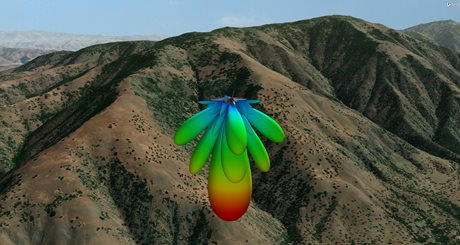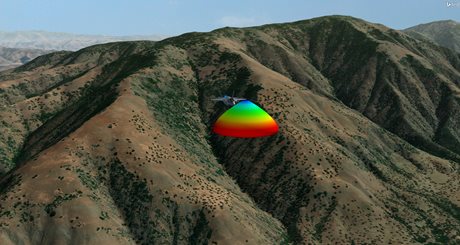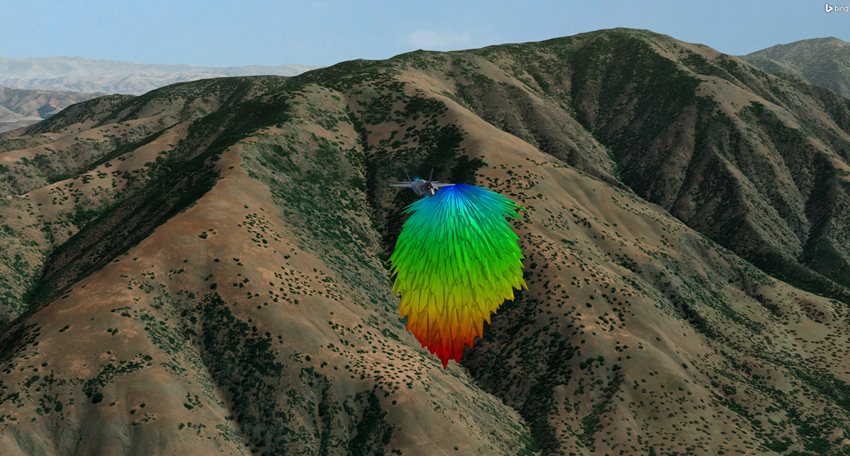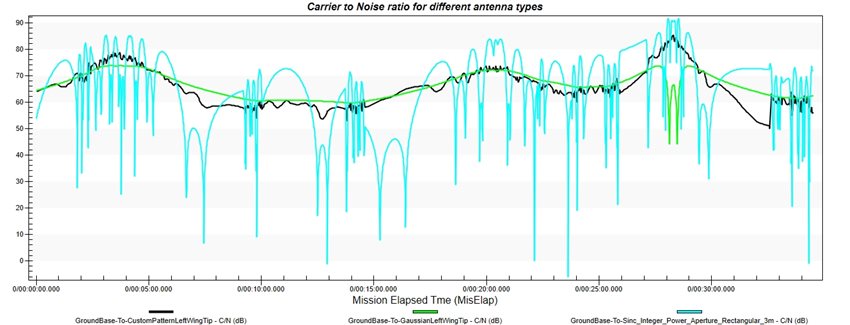Visualizing Antenna Patterns
- Aug 16, 2021
- Blog Post
-
 Systems Tool Kit (STK)
Systems Tool Kit (STK)
Electricity is all around us, all the time. It makes our lives easier, and most of us never really think about it (until we lose it!). Many of the things we use each day run on electricity and use electromagnetic radiation to operate. For example, the radio in your car is connecting to a particular electromagnetic wave at a particular frequency to play your favorite song. Maybe the reason we don’t think about electromagnetic waves and radiation very often is that we can’t see them. Naturally, this can make it hard to understand why a device that relies on them isn’t working correctly.
STK’s Communications and Radar capabilities enable you to model a wide range of electromagnetic systems, from handheld, push-to-talk radios to electronic jammers for telemetry links, to deep space communications systems. You can adjust the fidelity of these system models in STK based on the information you have. Low fidelity models that specify characteristics like g/T, frequency, and EIRP enable analysts to conduct a first order analysis. Dial it up by adding textbook or measured antenna patterns to increase the fidelity.
Adding an antenna pattern can greatly improve your understanding of how these systems operate. STK enables you to visualize the antenna pattern shape and understand how the electromagnetic energy is radiating out from the platform. Take a look at these two textbook antenna patterns—dipole and Sinc integer power aperture rectangular—and you’ll see substantial variation in how the energy is shaped coming out of the transmitting system.


STK also models real antenna patterns that are from near-field analysis or anechoic chambers.

Looking at the pattern, we realize that the shape of energy will have an effect on the link quality between the transmitting object and our ideal receiver. Check out this link budget graph to see the link quality difference between each antenna pattern.

You can learn how to visualize antenna patterns in your analysis in the L3 – Feature Specific training – STK Communications Graphics.
